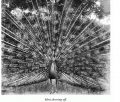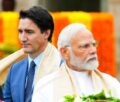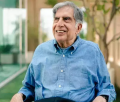Rituals too a world of Rhythm

 Title: The World of Rhythm Called Rituals
Title: The World of Rhythm Called Rituals
Author: Jayant Burde
Publisher: New Age Books, Naraina Phase –I, New Delhi-28
Pages: 164; Price: Rs. 225
Review: by M Rama Rao
A marvellous book it is by all means. For a generation in India which is increasingly distancing itself from the traditions and rituals, Jayant Burde’s work is a must read. The author has been brought up on an idiom of whys and hows with solid grooming in mathematics and physics. He was a banker to boot where number crunching is the mainstay. He does not bore you with abstract theories and an equally abstract analysis. Instead, he presents the anatomy of rituals in a way that makes you read at one go even if you have the least interest in rituals per se. Because here is a writer who sees a stylised behaviour in rituals and goes beyond the confines of religion to present some 10-12 patterns of rhythm in mundane routine like greetings, manners, and marriage rites as well.
There are two ways to analyse rituals. One based on structure called syntactic approach (relating to syntax). Second based on the scope, meaning, and message. The problem with the second approach, called semantic analysis, is that most Hindu rituals are distorted over centuries and have become rigid practices. More over these rituals are open to scores of interpretations, some of them diametrically opposite to one another. This has prompted some scholars to conclude that, if not most, at least a significant number of Vedic rituals are just meaningless.
Jayant Burde takes the reader through the syntactic approach, which has opened a new dimension in the study of rituals, to a world of rhythm, classifying rituals as rigid (formal), flexible (informal), long, short, simple and complex; he presents examples from every day life to de-mystify the gobbledygook.
One question that often crops up in any discussion on the subject is ‘why do we associate rituals with religion’. The answer, says, Burde, is very simple. In the olden days, religion was much more important than it is today.
Religious rituals are solemn and inspire awe and fear. Given the low levels of literacy when these practices came into vogue, an element of compulsion and rigidity became integral to them and in the process whatever in-built scientific intent was there had been lost sight off. No surprise, therefore, these days, rituals have lost their soul and most of us perform mechanically, quite too often to please the elders in the family.
Basically, there are two types of Vedic rituals- Shrauta and Grihya. Shrauta rituals are usually dedicated to Agni and Soma. These are performed in the open as prescribed in Shrauta Sutras composed between eighth and fourth century BC. One of these practices, Agnichayana, which literally means ‘piling of Agni’, today survives in a few pockets of Kerala. In so far the Grihya rituals are concerned, as their very name makes it clear, these are performed at home on occasions like birth and marriage.
The religious rituals acquire a new hue when psychoanalytical perspective is applied besides the transactional analysis (founded by Canadian psychiatrist, Eric Berne), as the author shows. But Hermeneutics as the science of interpretation is known has limitations. Our rituals mirror myths, symbolism and socio-cultural values. Also the force of tradition.
Are rituals necessary for transmission of socio-cultural values? There is empirical evidence to show that the question is not tenable. Most myths, legends, traditions and practices are handed down to successive generations by word of mouth – from grand-parents and parents to children. Not as classic text but in easy to comprehend language and as simple practices. All religions have rituals in one form or the other. Rosary is a type of religious meditation. Amongst the Catholics, Rosary of the Blessed Virgin Mary is quite important. Achamanam amongst the Hindus is a five-act ritual repeated thrice.
The author strongly believes that there can be a science of rituals. And elaborates with conviction to make out a case that rituals in general can lead to a science and some types of religious rituals are amenable to general formulation. To him, rituals appear in the same class as verse, music and dance – activities with which rhythm is associated. Any takers for this world of rhythm?
-
Book Shelf
-
 Book Review
DESTINY OF A DYSFUNCTIONAL NUCLEAR STATE
Book Review
DESTINY OF A DYSFUNCTIONAL NUCLEAR STATE
- Book ReviewChina FO Presser Where is the fountainhead of jihad?
- Book ReviewNews Pak Syndrome bedevils Indo-Bangla ties
- Book Review Understanding Vedic Equality….: Book Review
- Book Review Buddhism Made Easy: Book Review
- Book ReviewNews Elegant Summary Of Krishnamurti’s teachings
- Book Review Review: Perspectives: The Timeless Way of Wisdom
- Book ReviewNews Rituals too a world of Rhythm
- Book Review Marx After Marxism
- Book Review John Updike’s Terrorist – a review
-
-
Recent Top Post
-
 NewsTop Story
Pope Francis dies: an unconventional pontiff who sought to modernise Catholicism
NewsTop Story
Pope Francis dies: an unconventional pontiff who sought to modernise Catholicism
-
 CommentariesTop Story
India’s Migration Dilemma
CommentariesTop Story
India’s Migration Dilemma
-
 Commentaries
Crowd Management Blues
Commentaries
Crowd Management Blues
-
 Meher Baba SpeaksNews
Meher Baba Loved Them Too…
Meher Baba SpeaksNews
Meher Baba Loved Them Too…
- Commentaries Record Pentagon spending bill and America’s hidden nuclear rearmament
-
 CommentariesNews
Ides of trade between India and Pakistan
CommentariesNews
Ides of trade between India and Pakistan
-
 Commentaries
How sustainable is the rhetoric of India-China Bhai-Bhai
Commentaries
How sustainable is the rhetoric of India-China Bhai-Bhai
-
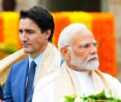 CommentariesTop Story
New Set of Diplomatic Strains with Canada
CommentariesTop Story
New Set of Diplomatic Strains with Canada
-
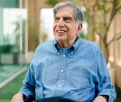 News
Ratan Tata’s Legacy
News
Ratan Tata’s Legacy
-
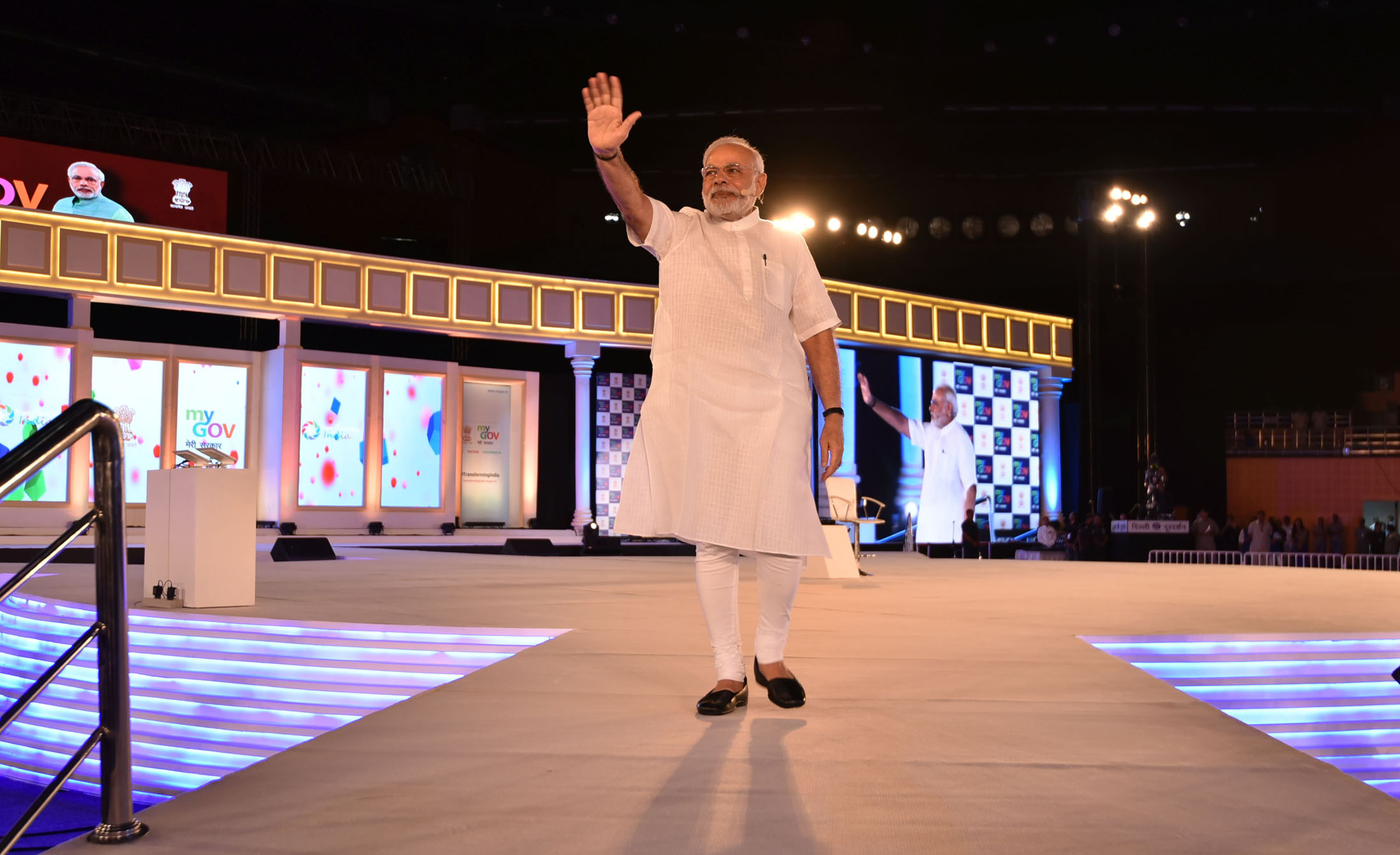 Commentaries
India’s Strategic Push on the World Stage
Commentaries
India’s Strategic Push on the World Stage
-
AdSense code






